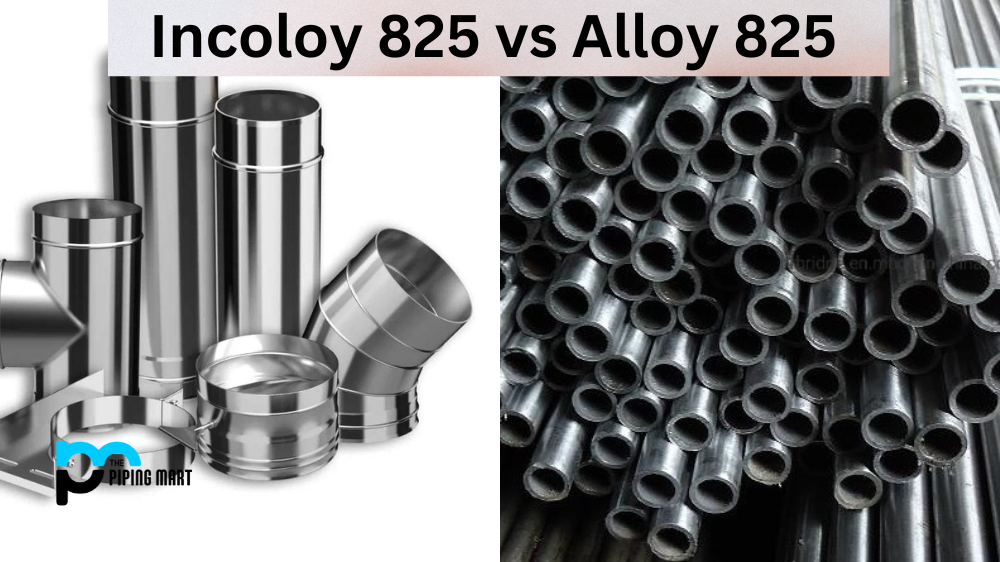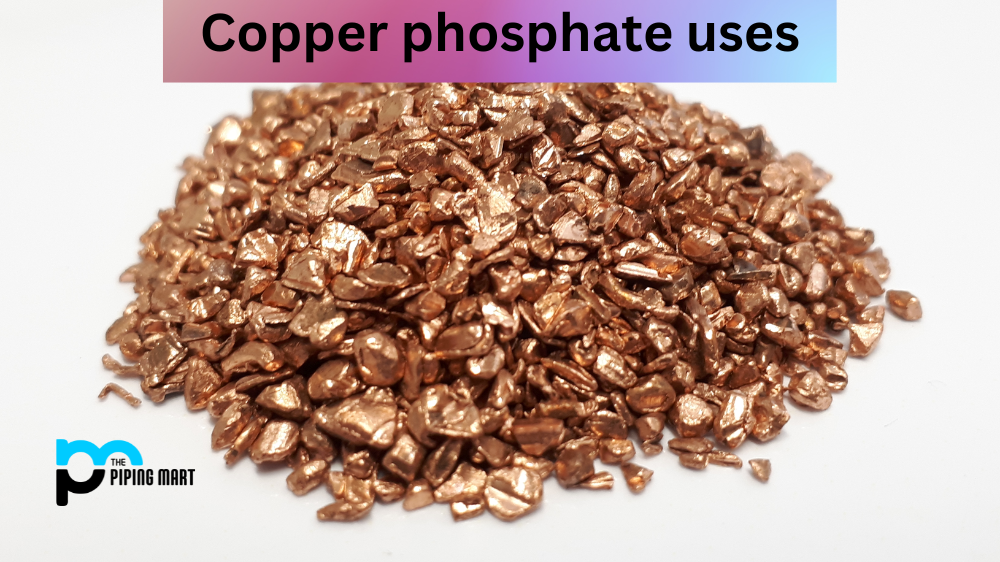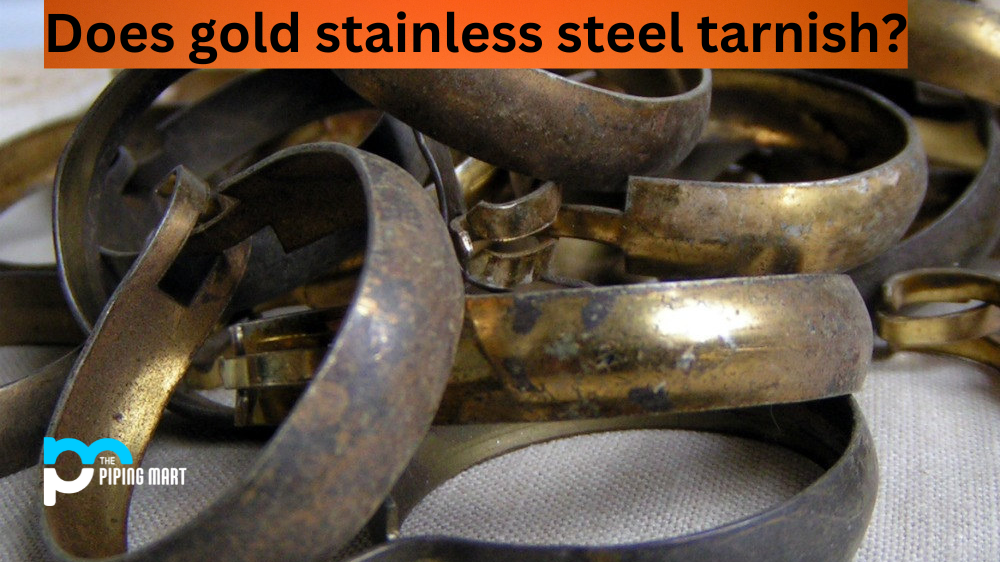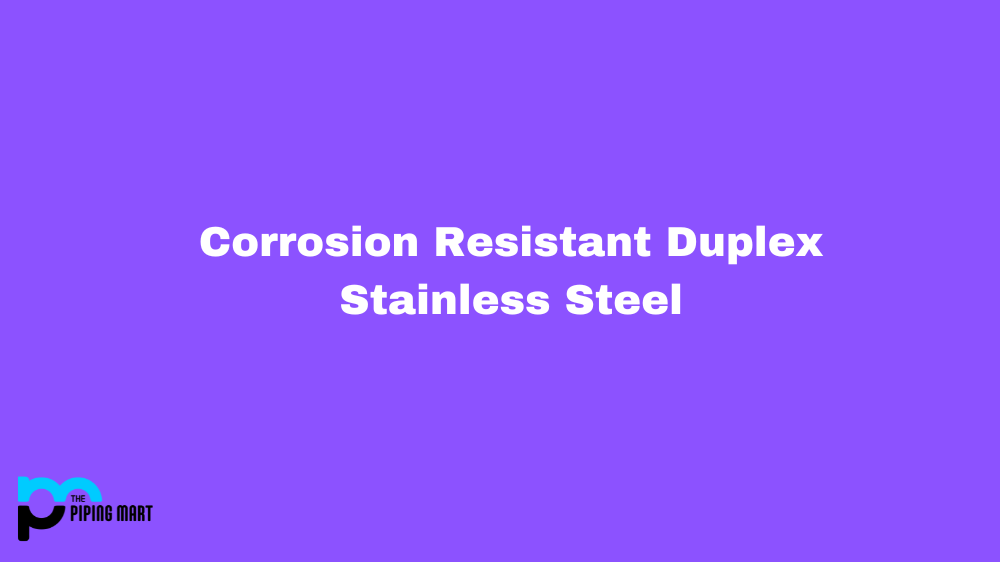Incoloy 825 and Alloy 825 are two materials used in industrial applications where corrosion resistance and strength are essential. These two alloys are often confused because of their similar names and compositions. In this blog post, we will differentiate Incoloy 825 and Alloy 825 and compare their properties and usage to determine which of these alloys is better.
What is Incoloy 825?
Incoloy 825 is a nickel-iron-chromium alloy with copper, molybdenum, and titanium additions. It offers excellent corrosion resistance in acidic and alkaline environments, making it ideal for use in various industries such as petrochemical processing, nuclear reactors, offshore oil & gas production and marine applications. In addition to this outstanding corrosion resistance, Incoloy 825 provides good heat-resistant properties and superior strength across a wide temperature range.
What is Alloy 825?
Alloy 825 is an austenitic nickel-iron-chromium alloy with substantial molybdenum and copper contents. This combination of elements results in excellent corrosion resistance, making it a popular choice for chemical processing and seawater applications. It offers high-strength properties while maintaining good ductility and toughness throughout various temperatures.
Difference Between Incoloy 825 and Alloy 825
Composition
Incoloy 825 and Alloy 825 are nickel-based alloys containing iron, chromium, molybdenum, copper, and titanium. The primary difference is that Incoloy 825 has a higher nickel concentration, whereas alloy 825 has a more extensive range of elements like silicon, carbon, and sulfur. With greater nickel content, Incoloy is an ideal material for engineering applications where excellent corrosion resistance is desired.
Corrosion Resistance
Corrosion resistance is a vital factor in selecting an alloy for industrial applications. Incoloy 825 and Alloy 825 have excellent resistance to corrosion in various environments, including seawater, sulfuric acid, and hydrochloric acid. One key difference is that Incoloy 825 provides better resistance to reducing and oxidizing acid media at elevated temperatures due to its higher nickel content. Alloy 825 has better resistance to organic acids and hydrofluoric acid in a reducing environment.
Strength and Durability
Regarding strength and durability, Alloy 825 is typically stronger than Incoloy 825. Incoloy 825 is commonly used for its corrosion resistance in seawater, chemical processing, and oil and gas applications. In contrast, Alloy 825 is best used in applications where strength and high temperatures are crucial, such as heat exchangers, furnace hardware, and petrochemical equipment.
Applications
Due to its excellent corrosion resistance, Incoloy 825 is commonly used in the chemical processing, oil and gas, and marine industries. It is ideal for applications exposed to harsh environmental conditions, such as offshore oil rigs, seawater condensers, and heat exchangers in acid solutions. On the other hand, Alloy 825 is typically used in heat exchangers, petroleum refining units, and furnace hardware due to its exceptional heat resistance.
Conclusion
In summary, Incoloy 825 and Alloy 825 have excellent corrosion resistance and are ideal for extreme environments. Incoloy 825 is preferred for its superior resistance to reducing and oxidizing acid media at high temperatures. It is ideal for marine applications, the chemical processing industry, and oil and gas applications. Alloy 825 is best suited for applications with essential heat resistance and strength, such as furnace hardware, heat exchangers, and petroleum refining units. Ultimately, the choice between these two alloys comes down to your application’s specific needs and requirements.
Rachana is a dedicated and ambitious young woman who has made a name for herself in the metal industry. From her earliest days in the industry, Rachana showed a natural talent for problem-solving and a keen eye for detail. In her free time, She enjoys reading up on the latest advancements in the industry, as well as exploring new ways to innovate and improve upon existing processes.




